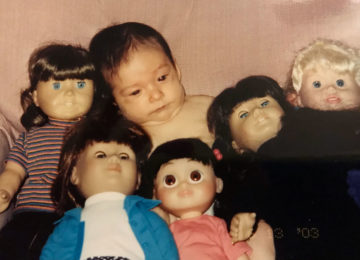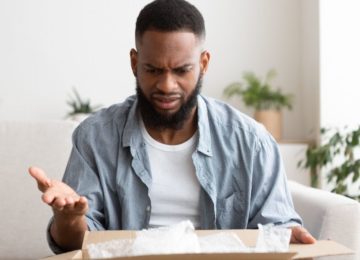If you are familiar with Abraham Maslow’s hierarchy of needs, then you’ve probably seen the pyramid that defines different levels of a person’s motivational needs. The idea is that if you fulfill level after level of these needs, you become motivated and can eventually reach your full potential, which is called “self-actualization.” In order to reach self-actualization, you must first satisfy each need, making your way from the bottom of the pyramid to the top. These needs include physiological, safety, love/belonging, and esteem. Once you fulfill all of your basic needs, you have the desire and ability to pursue the higher-level ones.
Now that you’ve received your mini psychology lesson for the day, you’re probably wondering how this has anything to do with your website and overall web presence.
Well, prepare to be amazed, as we show you that Maslow’s theory works similarly in the website world. Take a look at our web necessities pyramid:

To better understand the pyramid, you should start by looking at the bottom and then working your way up to the top. If you don’t properly care for the base of this pyramid, then you cannot successfully move up to achieve bigger goals.
Let’s break down the parts of the pyramid.
Functionality
This is the fundamental need of your website—to exist and to have the ability to be viewed by a potential customer. If your software is properly updated and website best practices are in place, then you will achieve functionality. It’s also important to ensure that proper Analytics tracking is in place so that you can track the traffic your website receives as well as goal conversions. If you don’t have that in place, there’s no definite way to know if your website is successful.
Reliability
Next, your focus is on reliability. You want to build a level of trust with your potential customer. Once your website is in place, they know you exist, but now they want to know who you are and why they should care about you. In order to create reliability, you need to ensure your website design is welcoming and relevant to your business. A professional look and feel with real photos of your business is a great way to show a customer that you are a legitimate business.
Customers will also turn to external sites to learn if they want to reach out to you. They may look at your Facebook page or your Google reviews. It’s important that you have a presence on these channels and have positive reviews from previous customers. We can’t stress the importance of reviews enough! If you want to stand out among competitors and prove you are a legitimate business, then you need to have positive and REAL customer reviews. In addition, ensuring that all your local directory listings are accurate and in place is an important piece of reliability.
Understanding
Now that your website is functioning and you have built yourself some credibility, you can focus in on solving the problems of a potential customer. Take the time to really understand the needs of your customer. For example, if you are a window installer, then your customer is someone who needs new windows or replacement windows. They may or may not know what kind of windows they want yet. If you have built your reliability well, then they trust that you are a window installer who can get the job done. But how are you going to help them? Your website content needs to speak to the customer—”Need new windows? Fill out our form for an initial consultation. Installation completed within one week.”
Of course, your content needs to include a little more, like photos of window installations, financing options, information about brands of windows you install. The goal here is to have that potential customer convert by filling out a form or calling your business. Each page on your website needs to have a clear call-to-action to ensure they can easily do just that.
Attraction
Once the lower-tier goals are reached, then you are ready to start attracting more potential customers. This is where your SEO and content marketing really come into play. In this step, you can focus on paid advertising, building links to your site, maintaining an active social media presence, and perfecting SEO best practices on your site. These efforts will result in new opportunities to build traffic.
Keeping the Base Strong
As you build website traffic and leads start coming through your website, it becomes more and more important to care for the base of the pyramid. The more new business that comes through the website, the more important it becomes to keep the website working properly (free of errors), loading quickly, and to make sure that the online forms are working.
The Boom Visibility team has developed a system for caring for the base of the pyramid, which includes actively managing website uptime and regularly recording Google Webmaster Tools statistics to determine if the site has had any changes in search engine visibility. This process helps to identify potential errors. In addition, we perform regular tests of contact forms and backup sites at least once a month. We also perform quarterly website software updates. More important security updates are handled immediately.
What is your business doing to keep your pyramid strong? And what tips do you have for maintaining each piece?















